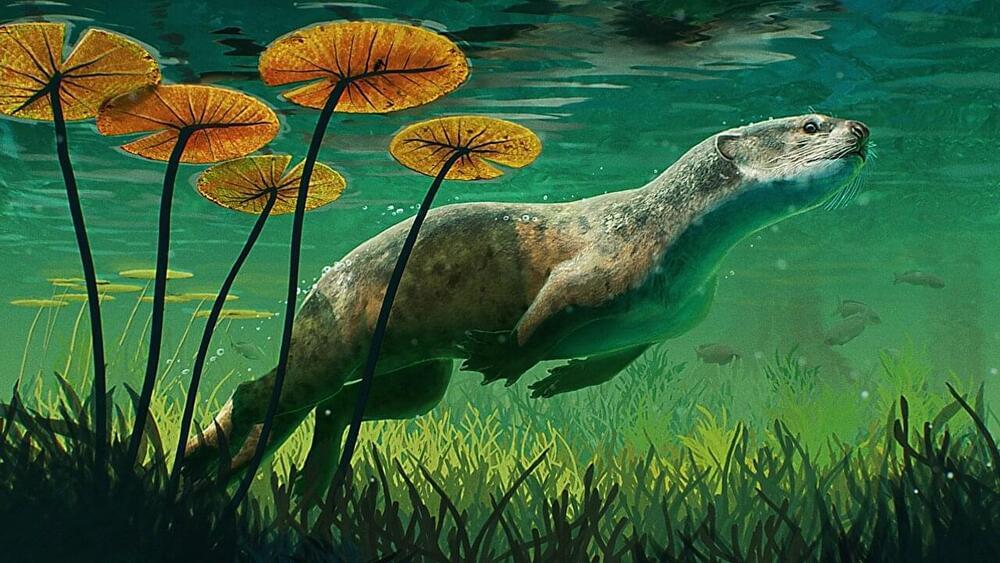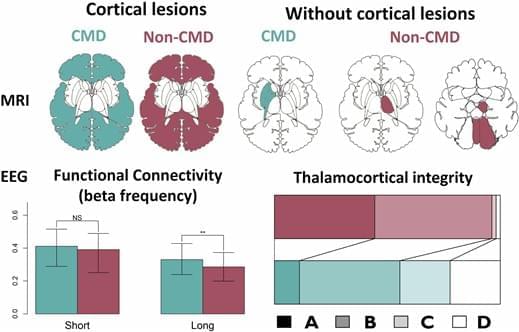X-ray and optical imaging of the freezing of supercooled water droplets.
So if I understand this…send a bot to catch a bot?
Israeli tech start-up Cyabra, which worked with Elon Musk to evaluate the presence of bots on Twitter, released a new tool that can detect AI-generated text, images and profiles.
(Reuters) – Microsoft is planning to start selling a new version of Databricks software that helps customers make AI apps for their businesses, The Information reported on Thursday, citing people with direct knowledge of the plan.
Databricks – a data analytics platform that uses artificial intelligence, which Microsoft would sell through its Azure cloud-server unit – helps companies make AI models from scratch or repurpose open-source models as an alternative to licensing OpenAI’s proprietary ones, the report added.
Microsoft and Databricks did not immediately respond to a Reuters request for comment.
An ancient relative of modern seals—known as Potamotherium valletoni—that had an otter-like appearance and lived over 23 million years ago likely used its whiskers to forage for food and explore underwater environments, according to a new study in Communications Biology. The findings provide further insight into how ancient seals transitioned from life on land to life underwater.
Although modern seals live in marine environments and use their whiskers to locate food by sensing vibrations in the water, ancient seal relatives mostly lived on land or in freshwater environments. Some species used their forelimbs to explore their surroundings. Prior to this study, it was unclear when seals and their relatives began using their whiskers to forage.
Alexandra van der Geer and colleagues investigated the evolution of whisker-foraging behaviors in seals by comparing the brain structures of Potamotherium with those of six extinct and 31 living meat-eating mammals, including mustelids, bears, and seal relatives. Brain structures were inferred from casts taken from the inside of skulls.
Conference presentation of “Process Physics, Time and Consciousness: Nature as an internally meaningful, habit-establishing process.” As presented at the Whitehead Psychology Nexus Workshop Conference held in Fontareches, France, March 27-30th, 2015 (with some minor adjustments). For full published paper, see: https://tinyurl.com/yc9r6kys (date of publication: October 18, 2017).
Abstract:
Process Physics, Time and Consciousness: Nature as an internally meaningful, habit-establishing process.
Author: Jeroen B. J. van Dijk, Eindhoven, The Netherlands.
Ever since Einstein’s arrival at the forefront of science, mainstream physics likes to think of nature as a giant 4-dimensional spacetime continuum in which all of eternity exists all at once – in one timeless block universe. Accordingly, much to the dismay of more process-minded researchers, the experience of an ongoing present moment is typically branded as illusory.
Mainstream physics is having a hard time, though, to provide a well-founded defense for this illusoriness of time. This is because physics, as an empirical science, is itself utterly dependent on experience to begin with. Moreover, if nature were indeed purely physical – as contemporary mainstream physics wants us to believe – it’s quite difficult to see how it could ever be able to give rise to something so explicitly non-physical like conscious experience. On top of this, the argument of time’s illusoriness becomes even more doubtful in view of the extra-ordinary level of sophistication that would be required for our conscious experience to achieve such an utterly convincing, but – physically speaking – pointless illusion.
It’s because of problems like these that process thought has persistently objected against this ‘eternalism’ of mainstream physics. Just recently, physicist Lee Smolin even brought up some other major arguments against this timeless picture in his controversial 2013 book ‘Time Reborn’. And although he passionately argues that physics should take an entirely different direction, he admits that he has no readily available roadmap to success.
Fortunately, however, over the last 15 years or so, a neo-Whiteheadian, ‘neurobiologically inspired’ way of doing foundational physics, namely Reg Cahill’s Process Physics, has been making its appearance on the scene. Process Physics aims to model the universe as an initially orderless and uniform process plenum by setting up a stochastic, self-referential modeling of nature. In Process Physics, all self-referential and initially noisy activity patterns are “mutually in-formative” as they are actively making a meaningful difference to (i.e. “in-forming”) each other. Due to this mutual in-formativeness, the stochastic activity patterns will act as “start-up seeds” that become engaged in self-renewing update iterations. In this way, the system starts to evolve from its initial featurelessness to then “branch out” to higher and higher levels of complexity – all this according to the same basic principles as a naturally evolving neural network.
Because of this “neuromorphic” behaviour, the process system can be thought of as habit-bound with a potential for creative novelty and open-ended evolution. Furthermore, threedimensionality, gravitational and relativistic effects, nonlocality, and classical behaviour are spontaneously emergent within the system. Also, the system’s constantly renewing activity patterns bring along an inherent present moment effect, thereby reintroducing time as the system’s ongoing change. As a final point, subjectivity – in the form of mutual informativeness – is a naturally evolving, innate feature, not a coincidental, later-arriving side-effect.
Main references:
A presentation on the conception of the present moment in physics and cognitive neuroscience (presented at the 3rd European Summer School in Process Thought in Düsseldorf, Germany, 25–29 September 2014).
A recent study used special eye-tracking technology to investigate how people look at each other’s eyes and faces during conversations. The researchers, who published their results in Scientific Reports, found that people who exhibited more direct eye-to-eye contact during their conversation tended to also be better at following the direction of another’s gaze (they were better at understanding where the other person was looking). The research provides unique insights into non-verbal communication.
Much of human social communication occurs nonverbally, and eye contact plays a crucial role in allowing individuals to convey and interpret information such as attention, mental states, intentions, and emotions. Eye contact is not only passively received but also reciprocated through mutual looks.
The researchers wanted to examine the frequency and types of mutual looking behaviors, such as direct eye-to-eye contact and other gaze interactions involving different parts of the face. They were also interested in understanding how the mutual looking behaviors observed during interactions might influence subsequent gaze-following behavior.
Franzova and Shen et al. report that unresponsive patients with cognitive motor dissociation have intact ascending arousal pathways, preserved thalamocortical f.
The universe was initially opaque — then 13.8 billion years ago it cooled enough to become transparent so light could travel in a straight line.
Subscribe for more daily content!Joe Rogan Experience #1233
An experimental procedure was found to improve the vision of patients whose eyes were damaged, according to a new study. NBC News’ Kristen Dahlgren has more on the procedure, which uses stem cells to restore the cornea.








